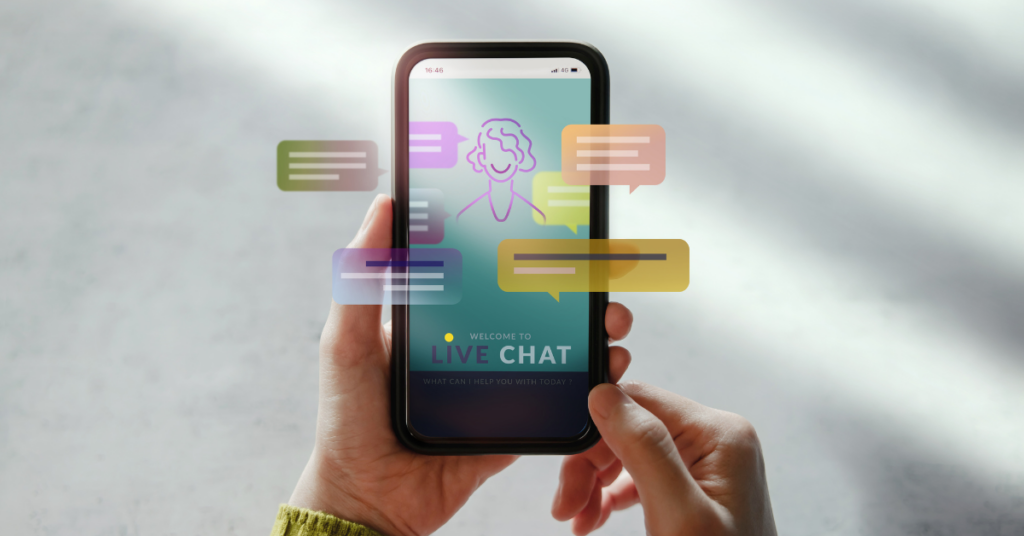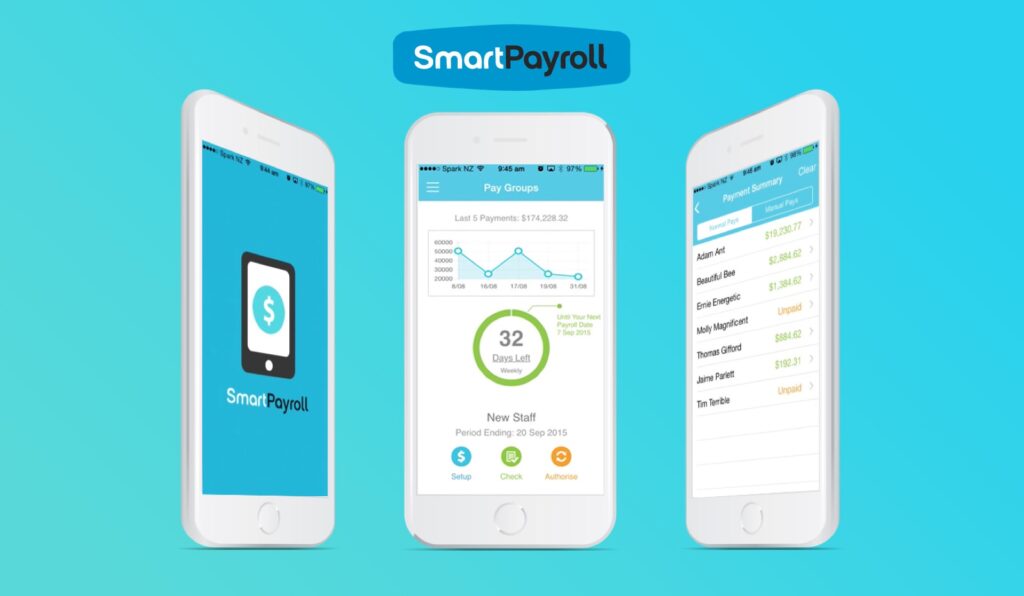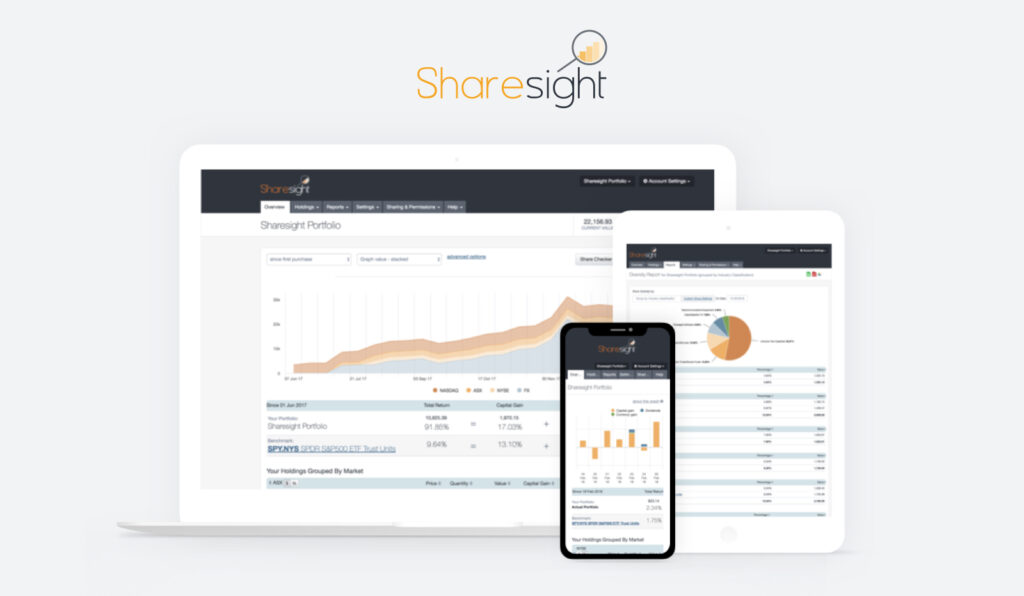You’ve heard of ChatGPT and may be using this or AI in your business already. Used correctly it can be amazing but are you aware of the data you are sharing online and any implications that sharing can have?
ChatGPT promises to automate a lot of tasks, including write your content for you. But this isn’t the only AI tool around.
Here are a couple of things that you’ll want to bear in mind when you use these tools. Firstly, you’ll want content that is unique and of equal importance is that it’s accurate.
Xero have explained these considerations further in their blog.
- Creating content that stands out
ChatGPT can certainly provide you with business content – but it can be quite generic and bland. This generic nature of AI content may be a problem. You want your brand content to stand out and be unique – but this is more difficult when using the same AI tools as every other small business. As Tom Fishburne puts it, the issue is that ‘much of what is created is already a sea of sameness, written more to appease Google’s search algorithms than actual people.’
You’re human, and you have opinions and personality and can deliver unique insights. AI cannot do this. It’s limited to the source data and models it’s been provided with. So, if you want your business content to stand out, you need an experienced human writer who writes for humans not just the bots.
Experiment with the free version of ChatGPT and then progress to the pro version if you want to. The paid version offers more features and you’ll be more likely to receive the outcome you want.
2. Content accuracy
When Chat GPT’s rival, Bard was first launched it wrongly attributed the discovery of an exoplanet to a telescope that didn’t exist at the time of the discovery. The problem is that the internet has become increasingly cluttered with fake news, spam links and content that’s designed purely for SEO. So, it’s no wonder that the AI will sometimes provide you with content that is inaccurate.
As a business owner you need accuracy in everything you communicate. Checking for uniqueness and accuracy requires a human to review the details from brief to output.
How does artificial intelligence work in a business context?
AI has had a bad rep in recent years, being wrongly labelled as ‘soulless robots coming to steal our jobs’. But this is a misconception of how AI works and the goals of any AI tool.
AI assistants are not coming to take your job – they’re coming to take on the monotonous, repetitive tasks that most of us dislike. With the repetitive jobs taken care of, your human team has more time to think, innovate and collaborate. They also have more business hours available to get stuck in with higher-value customer-facing work and business development etc.
6 ways AI can help lighten the workload
So, how could an AI assistant help your business? And what are the main operational areas where AI can reduce the workload and make your team’s life easier?
Here are six areas where AI can take on some of the heavy lifting:
- Trend Spotting – You can get super useful info just from providing a clear and specific prompt in ChatGPT. For example, enter customer data like reviews or feedback into ChatGPT with a specific prompt, and you could get informative sales data, trends and promo ideas.
- Finance and accounting – cloud accounting platforms, like Xero, already have smart coding that uses machine learning to automatically match and reconcile your transactions. But that’s just the tip of the iceberg. Fintech-focused AI tools can be used to process incoming invoices, chase up late-paying customers or process complicated rule-based transactions in your finance system.
- Reporting and analytics – AI can process data at a speed that would be impossible for any human. Using complex data-processing and machine learning tools, AI can devour your data and spit out variances, deep insights, and long-term analysis of your business.
- Customer support – having an AI taking care of your customer experience can make a huge difference. A voice AI assistant can make or take phone calls and can do it at a volume that transforms the effectiveness of your contact centre. Customers get answers to FAQs and any complex queries can be seamlessly passed to a human agent. It speeds up your customer support and turns customers into long-term advocates. Chatbots are a great example of this.
- Operational logistics – AI excels at tasks that need logic and intense data-processing. Sorting out delivery schedules or picking goods from your warehouse in a logical order are ways to streamline your operations and make the most of this AI power. For example, AI has been used extensively in shipping to drive the loading and unloading of container ships, adding speed, efficiency, and a reduction in human error.
- Project management – keeping on top the management of a busy project can be a nightmare. But with a project management AI solution in the mix, you can quickly sort through schedules, staff availability and project requirements to manage and resource each job in the most effective way. Let the AI do the planning and leave the creative innovation and human skills to your team.
Our recommendations:
- Start thinking about the benefits of AI if you’re not already. If you can reduce your admin workload that is a benefit to you already.
- A combination of AI and good human-powered writing is the best way to produce your content. Balance is key!
- Use AI as a tool not a complete solution right now.
- Get yourself and your team up to speed on the pros and cons.
- Create internal policies and make sure everyone knows how to use AI correctly and aren’t sharing confidential information online.
- Keep up to date – stay in the know of new features that come out. You don’t have to use them all but it’s good to keep your awareness up.
- Safety first – don’t install anything you’re not sure of or have checked thoroughly first.



